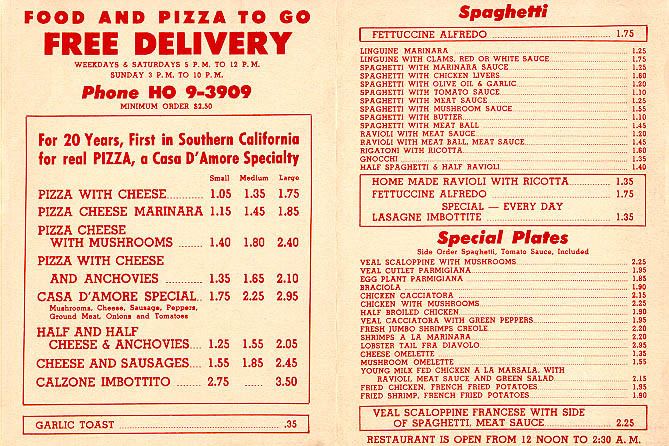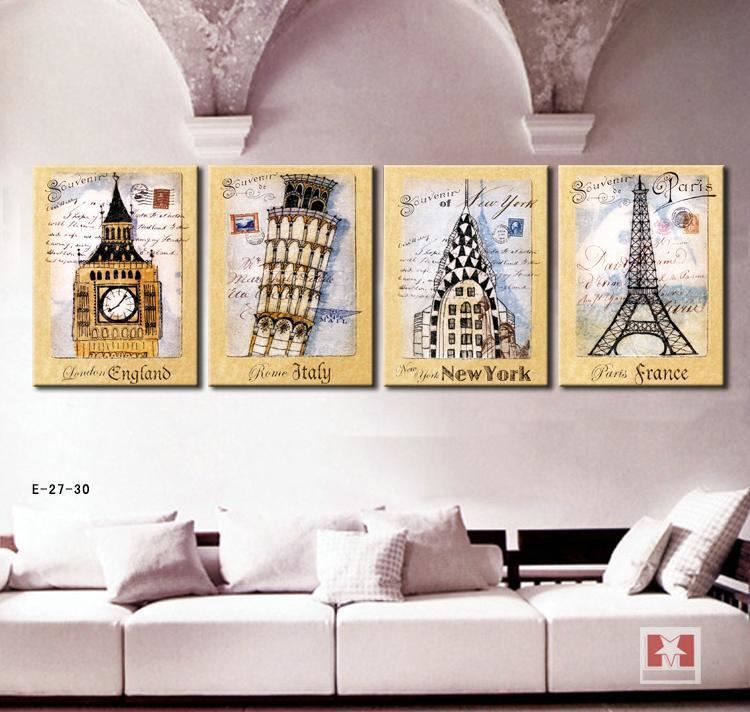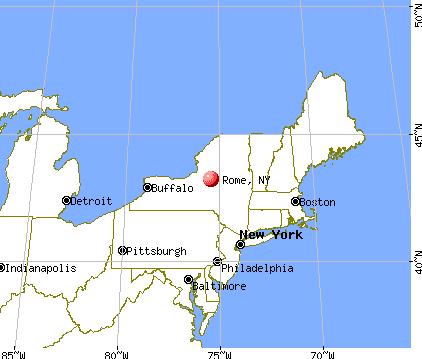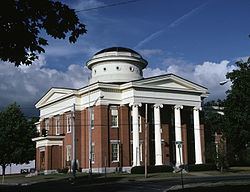Country United States State New York | Population 32,837 (2013) Area 75.7 sq mi | |
 | ||
Points of interest Delta Lake State Park, Fort Stanwix, Oriskany Battlefield State Historic Site, Capitol Theatre, Verona Beach State Park | ||
Unemployment rate 6.0% (Feb 2015) Mayor Jacqueline M. Izzo (Republican) | ||
Map of Rome, New York
Rome is a city in New York State. It is located in Oneida County, which is in north-central or Upstate New York. The population was 33,725 at the 2010 census. Rome is one of two principal cities in the Utica–Rome Metropolitan Statistical Area, which lies in the "Leatherstocking Country" made famous by James Fenimore Cooper's Leatherstocking Tales, set in frontier days before the American Revolutionary War. Rome is in New York's 22nd congressional district.
Contents
- Map of Rome New York
- Top things to do paris london rome new york tokyo city discovery tours activities worldwide
- A stroll through rome new york
- Oneida Carrying Place
- Revolutionary War and Fort Stanwix
- Commercial growth Erie Canal
- Copper City
- Cold War and technology role
- Geography
- Demographics
- Sports
- Government
- Notable people
- Transportation
- References

The city developed at an ancient portage site of Native Americans, including the historic Iroquois. It continued to be strategically important to Europeans who also used the main 18th and 19th-century waterways, based on the Mohawk and Hudson rivers, that connected New York City and the Atlantic seaboard to the Great Lakes. The original European settlements developed around fortifications erected in the 1750s to defend the waterway, in particular the British Fort Stanwix (1763).

Following the war, the city began to develop with the construction of the Rome Canal in 1796, to connect Wood Creek (leading from Lake Ontario) and the Mohawk River. In the same year the Town of Rome was formally created as a section of Oneida County. For a time, the small community next to the canal was informally known as Lynchville, after the original owner of the property. The Town of Rome was converted into a city by the New York State Legislature on February 23, 1870. The residents have called Rome the City of American History.

Top things to do paris, london, rome, new york, tokyo city discovery tours & activities worldwide
A stroll through rome new york
Oneida Carrying Place

Rome was founded along an ancient Native American portage path known as the Oneida Carrying Place, Deo-Wain-Sta, or The Great Carrying Place to the Six Nations (Iroquois) or Haudenosaunee people in their language. These names refer to a portage road or path between the Mohawk River to the east, which leads to the Hudson River; and Wood Creek to the west, which leads to Lake Ontario. Now located within the modern Rome city limits, this short portage path was the only overland section of a water trade route stretching more than 1,000 miles between Lake Ontario and the lower Hudson. Travelers and traders coming up the Mohawk River from the Hudson had to transfer their cargo and boats and transport them overland between 1.7 and six miles (depending on the season) to continue west on Wood Creek to Lake Ontario. This ancient trade route joined the Great Lakes and Canada via the Mohawk River to the Hudson River and the Atlantic Ocean.

During the French and Indian War, the North American front of the Seven Years' War, this region had much fighting. The British colonists had erected several small forts to guard the Oneida Carrying Place and the lucrative fur trade against French incursions from Canada. But, a combined French regular army, Canadian and allied Native American force overwhelmed and massacred a British force here in the Battle of Fort Bull. Later in 1758, after several abortive attempts to fortify the area, the British sent a very large force to secure the Oneida Carry and build a stronger rampart complex, which they named Fort Stanwix.
Following defeat by the English during the war, the French ceded their territory in North America east of the Mississippi River to England. The English signed the Treaty of Fort Stanwix (1768) with the Iroquois, by which they promised to preserve areas west of the Appalachian Mountains as an Indian reserve and prohibit colonial settlement. It has been described as "one of the worst treaties in the History of Anglo-Indian relationships". The treaty has also been described as "the last desperate effort of the British to create order west of the Appalachians. The British abandoned the fort after that war; it deteriorated and was eventually torn down, its parts used by settlers.
Revolutionary War and Fort Stanwix
At the outbreak of the Revolutionary War, American Continental forces took control of the Fort Stanwix site, rebuilding and improving the fort. The installation survived a siege by the British in the Saratoga Campaign of 1777, becoming renowned as "the fort that never surrendered". Patriot militia, regulars, and their Oneida Nation allies under the command of Col. Peter Gansevoort, successfully repelled a prolonged siege in August 1777 by British, German, Loyalist, and Canadian troops and warriors from several Native American nations, all commanded by British Gen. Barry St. Leger. The failed siege, combined with the battle at nearby Oriskany as well as the battles of Bennington, and Saratoga, thwarted a coordinated British effort to take the northern colonies. Following this success, the Americans were able to gain alliances with France and the Netherlands, now more confident that the rebels had a chance to win.
After the repulse of the British at Fort Stanwix, bloody fighting erupted along the American northern frontier and throughout the Mohawk Valley. There were terrible losses for both American settlers and the people of the Six Nations, as retaliatory raids were made against each side. Because many of the Oneida were fighting with the rebels and against the four nations allied with the British, especially the Mohawk and Seneca, the Iroquois had members attacking each other, which they had avoided doing earlier in this century.
The Americans used Fort Stanwix as the primary staging point for attacks against British loyalist units and their Haudenosaunee allies. The Sullivan Expedition of 1779 was launched from here as a ruthless scorched earth campaign against villages of Iroqouis nations allied with the British. Commander George Washington ordered the campaign in retaliation for the fierce frontier attacks in New York, such as the Cherry Valley Massacre by Loyalist irregulars led by Mohawk Chief Joseph Brant and John Butler. The Sullivan campaign destroyed nearly 50 Iroquois villages and their food stores, leading to starvation of many of the nations during the following winter. Many Iroquois went to Canada for refuge but struggled with starvation there, too.
The American forces abandoned the fort in 1781. After the war, as the area became settled, pioneers took materials to use in constructing their own homes and barns. They built the Rome Canal along Wood Creek, to connect it to the Mohawk River and enable continuous passage by water from Lake Ontario via the Mohawk and Hudson rivers to New York City. After completion of the Erie Canal in 1825, development of Rome increased. The city became an industrial and trade center in the western Mohawk Valley. The fort site was reduced to a mound of dirt, with bushes and grasses growing over it.
Congress passed the Fort Stanwix Act of 1935 to establish the fort as a National Monument because of the site's historic importance. The site was administered by the National Park Service. In 1973, the reconstruction of Fort Stanwix began, based on historical evidence related to 18th-century construction and occupation, and it was completed in 1976. The fort is operated by the National Park Service as a museum. On July 2, 2005, the Marinus Willet Center opened on the grounds of the monument. It provides audio-visual programs to orient visitors, as well as secure storage space for the museum's collection of artifacts and related historic materials.
Commercial growth: Erie Canal
The critical east/west American trade route through the frontier was improved by construction of the Erie Canal. On July 4, 1817 construction on the Erie Canal began in Rome. The Erie Canal reaches a summit in Rome, reaching 420 feet. The first phase was completed in 1825, connecting the Hudson River by waterway to the Great Lakes. It resulted in an increase in trade and traffic between communities around the Great Lakes and New York City, stimulating development along the route.
Copper City
Jesse Williams founded the first cheese factory in the United States at Rome in 1851. Williams also developed the process used today for large-scale cheese manufacturing. There were numerous dairy farms in the area and throughout the Mohawk Valley.
The City of Rome was incorporated in 1870.
Revere Copper Products, Inc., founded in Rome between 1928 and 1929, is one of the oldest manufacturing companies in the United States. It developed from a series of mergers between several companies, including Revere Copper Company located in Canton, Massachusetts. The first president of Revere Copper Products, Inc, George H. Allen, was formerly the president of Michigan Copper and Brass Company, which was one of the companies included in the merger. The early history of Revere Copper Products, Inc.is detailed in the book Copper Heritage: The Story of Revere Copper and Brass, Inc. by Isaac F. Marcosson. At one time, 10 percent of all copper products used in the United States were manufactured in Rome.
Cold War and technology role
For four decades between 1951 and 1991, the Rome Air Development Center (RADC) was located at Griffiss AFB. In 1991, the RADC was redesignated Rome Laboratory. It has remained active as the Griffiss AFB was closed as part of the Base Realignment and Closure process in 1993. In 1997, Rome Laboratory was made part of the Air Force Research Laboratory and renamed the Rome Research Site. The RADC has been responsible for some of the United States Air Force's major technological accomplishments, especially in the area of radio communications.
Griffiss Air Force Base consists of 3,552 acres. The Eastern Air Defense Sector (EADS) is also located in Rome, on the site of the former Griffiss Air Force Base.
The nationally recognized rock festival, Woodstock 1999, was held in Rome. The city staged it at the former Griffiss Air Force Base site. The 3-day festival was held the weekend of July 23–25, and drew a crowd of about 200,000 people. Cable network MTV covered the concert extensively, and live coverage of the entire weekend was available on pay-per-view. The festival featured acts including Metallica, Kid Rock, DMX, Red Hot Chili Peppers, and Wyclef Jean; early reviews for many of the acts were positive; critics particularly praised performances by George Clinton, Jamiroquai, James Brown, Sheryl Crow, and Rage Against the Machine. A full list of appearances can be found at Woodstock 1999. Woodstock '99 is also known for bonfires being lit in the crowd, brawls with police, and looting.
In July 2005, New York City developers, Park Drive Estates, purchased the Woodhaven Housing, formerly the base housing for Griffiss Air Force officers and enlisted military members, with the goal of re-developing the property as a resort-style active adult community. Redevelopment stalled and the property was ceded to the City of Rome in 2015. Demolition of unsafe structures is expected to commence in 2017.
Geography
Rome is the second-largest city by area in New York State, and the 140th largest city in the United States. According to the United States Census Bureau, the city has a total area of 75.7 square miles (196 km2), of which 74.9 square miles (194 km2) is land and 0.8 square miles (2.1 km2) (0.99%) is water.
Rome averages over 120 inches (3,000 mm) of snowfall each winter, mostly due to its proximity to Lake Ontario and the lake-effect snow that it produces.
New York State Route 26, New York State Route 46, New York State Route 49 and New York State Route 69 converge in downtown Rome and are part of two separate triplexes. New York State Route 233 becomes part of a duplex with NY 69 south of the inner district before meeting its northern terminus at the Utica-Rome Expressway (NY 49). New York State Route 365 passes through the eastern portion of the outer district before becoming part of the Utica-Rome Expressway at an interchange.
Demographics
The city had its peak of population in 1960, with declines caused by restructuring of industry and loss of jobs. Later in the 20th century, the closure of the Air Force base also drew away jobs and residents. The city has worked to develop a new economy. Elements of the base have been redeveloped for new uses, while high-quality research continues.
As of the census of 2000, there were 34,950 people, 13,653 households, and 8,328 families residing in the city. The population density was 466.4 people per square mile (180.1/km2). There were 16,272 housing units at an average density of 217.2 per square mile (83.8/km2). The racial makeup of the city was 87.85% White, 7.58% African American, 0.27% Native American, 0.88% Asian, 0.02% Pacific Islander, 1.35% from other races, and 2.05% from two or more races. Hispanic or Latino of any race were 4.72% of the population. Like other cities in the region, Rome has a large Italian-American presence, which is especially prevalent in the Little Italy in the vicinity of East Dominick Street.
There were 13,653 households out of which 28.1% had children under the age of 18 living with them, 42.6% were married couples living together, 13.9% had a female householder with no husband present, and 39.0% were non-families. 33.2% of all households were made up of individuals and 14.6% had someone living alone who was 65 years of age or older. The average household size was 2.30 and the average family size was 2.93.
In the city, the population was spread out with 22.1% under the age of 18, 8.5% from 18 to 24, 29.9% from 25 to 44, 22.3% from 45 to 64, and 17.2% who were 65 years of age or older. The median age was 38 years. For every 100 females there were 105.1 males. For every 100 females age 18 and over, there were 105.0 males.
The median income for a household in the city was $33,643, and the median income for a family was $42,928. Males had a median income of $31,635 versus $23,899 for females. The per capita income for the city was $18,604. About 12.0% of families and 15.0% of the population were below the poverty line, including 23.4% of those under age 18 and 7.6% of those age 65 or over.
Sports
One of Rome's most popular venues is the John F. Kennedy Civic Arena. The facility hosts multiple ice hockey and figure skating events, as well as roller derby bouts. The arena was constructed in 1963-1964. It was fully renovated in 2008.
Between 1964 and 1988, the Rome Knights and later the Copper City Chiefs played their home games on Saturday evenings at the Kennedy Arena. The Chiefs were a semi-professional ice hockey club that competed against Senior and Intermediate level teams from the province of Ontario, Canada; Philadelphia, Pennsylvania; Newark, New Jersey; New England, and cities from the State of New York. The Chiefs were known for a physical and aggressive style of ice hockey, the team roster being built around team toughness. In its 25 years, the Chiefs never had a losing season.
The professional sports franchise, the Rome Frenzy of the Federal Hockey League, made Rome its base and began play in November 2010 at the Kennedy Civic Arena. In February 2011, citing poor attendance, the Frenzy suspended operations and cancelled last three weeks of the season in Rome.
Government
The city government consists of a mayor and a common council. The mayor is elected at large. The common council consists of 7 members elected from single member districts.
Notable people
Transportation
Rome's primary road connection is the Utica-Rome Expressway, a freeway section of New York State Route 49. The expressway runs 14 miles from Rome to Utica, where it meets I-90, I-790, NY 5, NY 12, and NY 8 in a massive cloverleaf interchange.
Rome's Amtrak station is served by Amtrak's Empire Service, with two daily trains in each direction between Niagara Falls and New York City. The daily Maple Leaf serves locations between Toronto and New York.
Griffiss Air Force Base closed in 1995 and was converted into Griffiss International Airport. It has general aviation as well as military use. No scheduled commercial service uses the airport.
CENTRO buses run six routes in Rome, two of which serve the Amtrak station.
